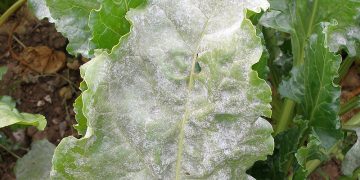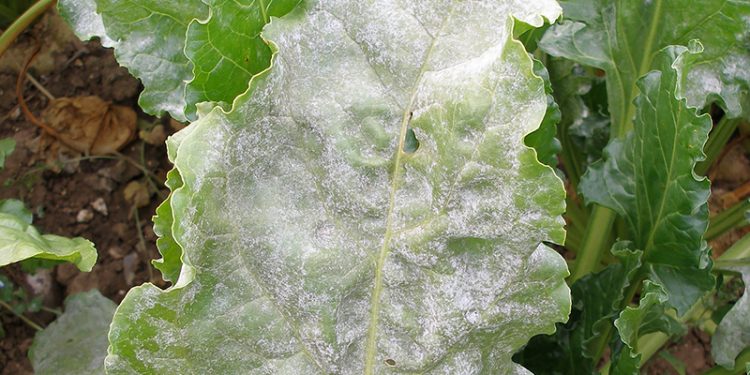#agriculture #plantdisease #cropmanagement #biocontrol #sustainability #foodsecurity
Fusarium yellows is a devastating disease that affects a wide range of crops, causing significant yield losses and economic damage. The disease is caused by the soil-borne fungus Fusarium oxysporum, which can infect plant roots and disrupt the flow of water and nutrients, leading to stunted growth and eventual death.
The development of Fusarium oxysporum can be influenced by a number of factors, including soil pH, temperature, moisture, and crop rotation practices. In addition, some plant species are more susceptible to the disease than others, and certain strains of the fungus can be more virulent than others.
The consequences of a Fusarium yellows outbreak can be severe, leading to significant economic losses for farmers and food shortages for consumers. In addition, the use of chemical fungicides to control the disease can be expensive and harmful to the environment, highlighting the need for alternative strategies for disease management.
One promising approach to managing Fusarium yellows is the use of biocontrol agents, such as beneficial microorganisms that can compete with the pathogen for resources and reduce its impact on crop plants. Another strategy is the development of resistant crop varieties that can withstand infection by Fusarium oxysporum.
Overall, the threat of Fusarium yellows underscores the importance of proactive disease management practices, including regular monitoring for signs of infection, crop rotation, and the use of integrated pest management strategies. By working to prevent and control this devastating disease, farmers can help to ensure a secure and sustainable food supply for the future.































